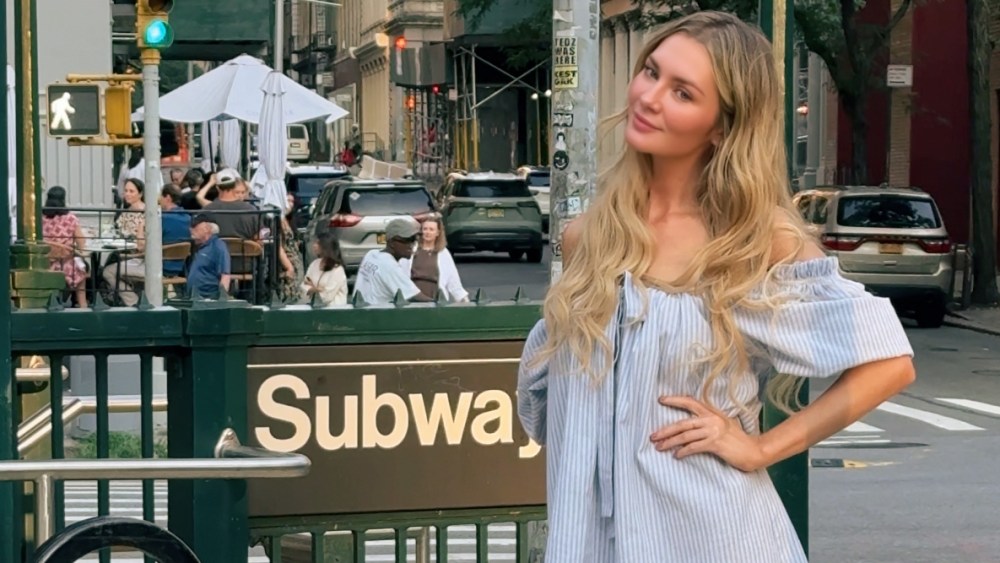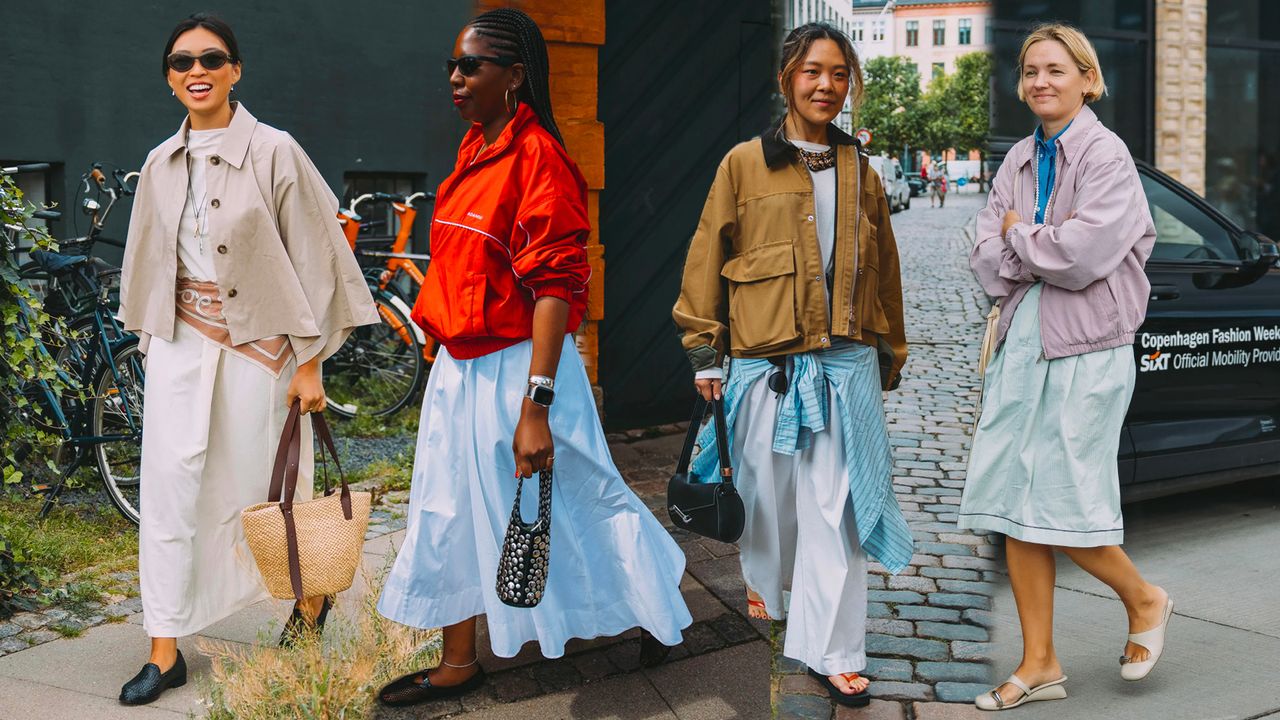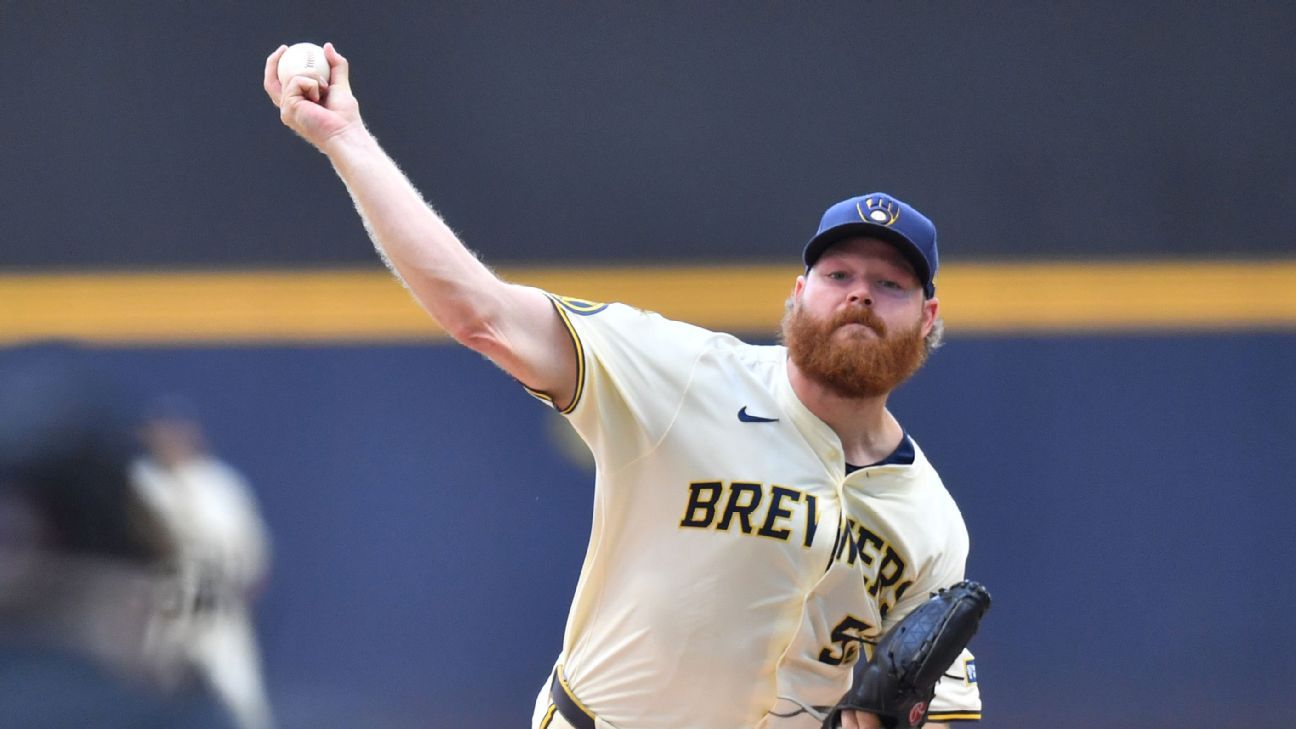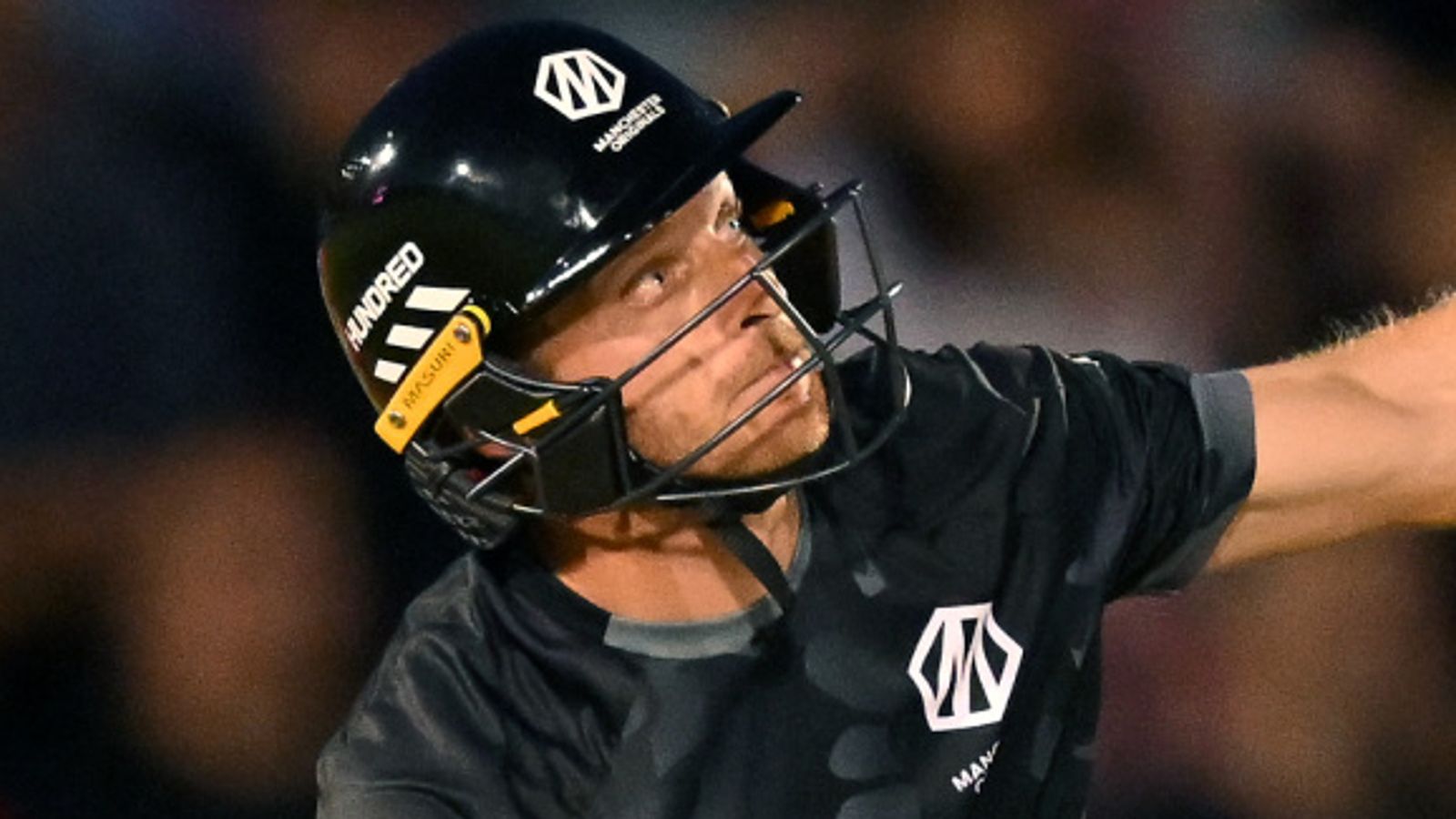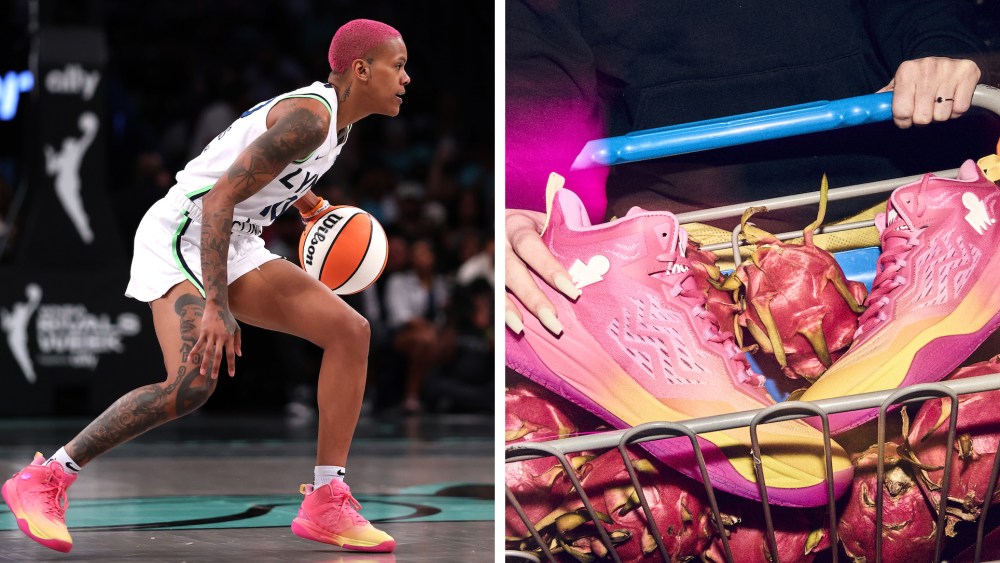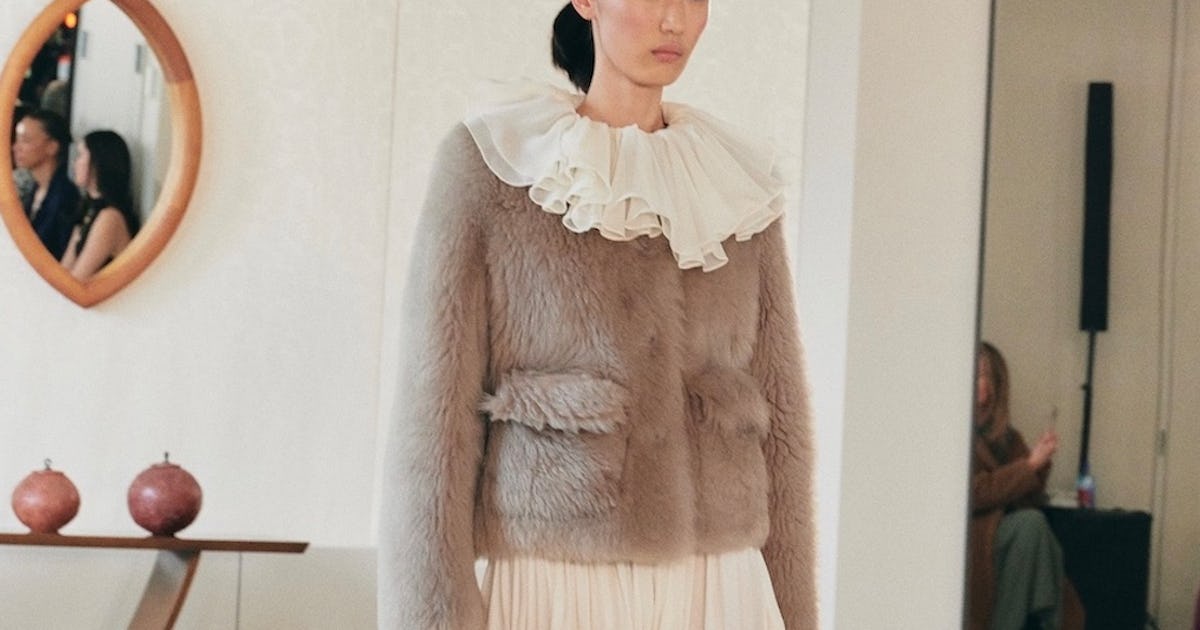
Bygone decades like the ‘70s, ‘80s, and ‘90s are a constant source of inspiration for designers. But this fall, fashion houses dug back much further, incorporating hints of 16th-century style into their collections. More specifically, Shakespeare-inspired fashion was a throughline on the recent runways, with heavy hitters like Chanel, Dior, McQueen (among many others) leaning heavily into the romantic aesthetic.
“Dior’s collection this season was based on Orlando, the book written by Virginia Woolf,” explains fashion historian Kimberly Chrisman Campbell. (The novel chronicles the life of a young sixteenth-century nobleman who one day wakes up as a woman.) As such, former creative director Maria Grazia Chiuri was influenced by the Elizabethan era (1558 to 1603), as seen by the corset tops, ruffle details, and ruff collars in the collection. Meanwhile, other labels like Chanel, McQueen, and Altuzarra debuted the bold, frilly collars, too.
Campbell points to Alice + Olivia as another brand that doubled down on Shakespearean fashion for autumn. On the runway, the New York-based label showed knitwear emblazoned with Shakespeare quotes, tiered lace skirts, and puff-sleeve tops. And the brand did its homework. “They actually sent designers to Stratford-upon-Avon [a medieval market town in England and the poet’s birthplace] to look at the Royal Shakespeare Company costumes,” Campbell notes.
(+)
(+)
(+)
The fashion expert brings up another interesting point: Shakespearean style is having a renaissance in pop culture. She recalls the aesthetic appearing on Saturday Night Live last November, when host Ariana Grande donned a white ruff collar and mustard yellow embroidered outfit in a now-viral skit set in the Late Renaissance period. Campbell also cites Chappell Roan as another celebrity shining a spotlight on Shakespeare fashion. At The Daily Front Row’s fashion awards in April, the “Pink Pony Club” hitmaker channeled the Elizabethan era in a floral mini dress with a ruff collar and frilly sleeves, which was plucked from McQueen’s Fall/Winter 2025 collection.
The trend also plays with gender, which Campbell says is a hot-button topic right now. “Shakespeare had men portraying women on stage,” she explains. “And there is a lot of crossover between menswear and womenswear with the ruff, makeup, and exaggerated silhouettes.” New York-based fashion historian and writer Sonya Abrego is in agreement, noting how the ruff collar was gender neutral in the 16th century. “You would see it in men’s and women’s attire, worn open or closed,” she explains.
Of course, stepping out in a ruff collar isn’t for the faint of heart. “It’s obviously hard to wear and not a very practical silhouette, but one that definitely gets noticed,” notes Campbell. She adds that you needn’t necessarily wear a full head-to-toe costume to dip into the Shakespearean style. Abrego echoes Campbell, suggesting experimenting with volume by way of, say, capacious sleeves and a more fitted bottom.
Abrego also recommends embracing the look through embellished pieces adorned with gemstones or aglets (metal coverings for the ends of cords or ribbons), as those were prominent during the century. Don’t forget about textures, either. According to the fashion historian, luxe silks and lace were sought-after back then, and are readily available on the market today.
If the emerging fall trend sounds intriguing, shop a selection of Shakespeare-inspired looks below.
#ShakespeareInspired #Fashion #Expected #Moment #Fall

